Connecticut may be one of the smallest states in the U.S., but its wilderness still harbors some fascinating wild feline inhabitants. These elusive predators have adapted to the forests, wetlands, and rocky hills that characterize the state’s diverse terrain. Among them, only one species—the bobcat—has a confirmed, self-sustaining population. However, historical records and modern reports continue to spark interest in two other big cats—the Canada lynx and the cougar, also known as the mountain lion.
This article explores the three types of wild cats found in or associated with Connecticut, with detailed identification tips, behavioral insights, and habitat information. You’ll also find out where and how you might spot them in the wild.
Bobcat (Lynx rufus)
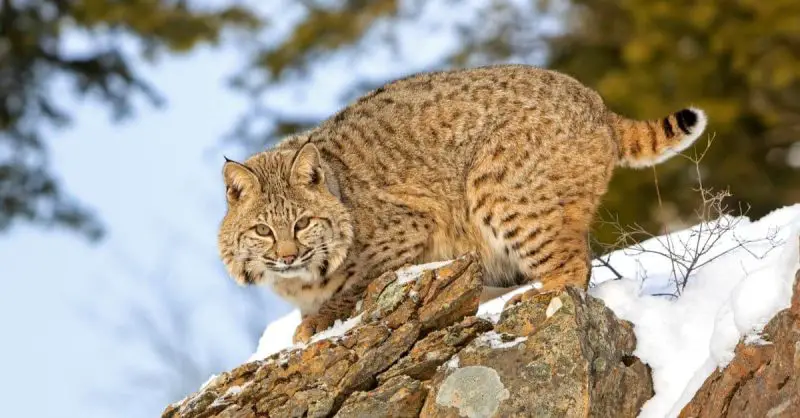
Overview
The bobcat is the only wild cat species that currently thrives in Connecticut. Once threatened by overhunting and habitat loss, the bobcat population has made a remarkable comeback thanks to protective laws and the adaptability of this small but fierce predator. Named for its short “bobbed” tail, the bobcat is a member of the Lynx genus and shares some physical traits with its northern cousin, the Canada lynx.
Today, bobcats are widespread across the state and can even be found on the outskirts of suburban areas, where they quietly coexist with humans while remaining mostly unseen. Their comeback is one of the greatest wildlife success stories in modern Connecticut.
Physical Characteristics and Identification
Bobcats typically weigh between 18 to 35 pounds, with males being larger than females. They have tufted ears, spotted coats, and short tails with a black tip on the upper side and white on the underside—one of the most reliable identification marks. Their coats vary in color from light brown to reddish-gray, with darker spots along the flanks and legs.
When viewed up close or through a camera trap, their muscular build and round face framed by cheek ruffs stand out. They walk with a distinctive feline grace and often leave tracks with four toes and no visible claw marks—unlike coyotes, whose tracks show claws.
Picture identification tip: If you spot a medium-sized cat with a short, black-tipped tail and tufted ears in Connecticut, it’s almost certainly a bobcat.
Behavior and Diet
Bobcats are solitary and territorial, marking their range with scent markings, scratches, and scat piles. They are crepuscular—most active at dawn and dusk—though they can occasionally be seen during the day. Their diet is diverse and opportunistic, including cottontail rabbits, squirrels, mice, birds, and even deer fawns when available.
Despite their size, bobcats are skilled hunters capable of taking down prey larger than themselves. They rely on stealth, stalking, and an explosive pounce to capture their meals. In winter, they often follow snowshoe hare tracks, and in summer, they may scavenge or raid bird feeders for small rodents.
Habitat and Range in Connecticut
Bobcats inhabit forests, brushy areas, swamps, and rocky ledges throughout Connecticut. They prefer environments with dense cover for stalking prey and resting. Once restricted to the northwestern hills, they now occur statewide, even in counties near the coast.
According to the Connecticut Department of Energy and Environmental Protection (DEEP), bobcats have adapted well to fragmented landscapes, occasionally wandering into suburban yards and golf courses. However, they remain shy and rarely pose any threat to humans.
USDA Hardiness Zone: Bobcats are adaptable and can be found in zones 4 to 7, matching much of Connecticut’s climate.
Canada Lynx (Lynx canadensis)
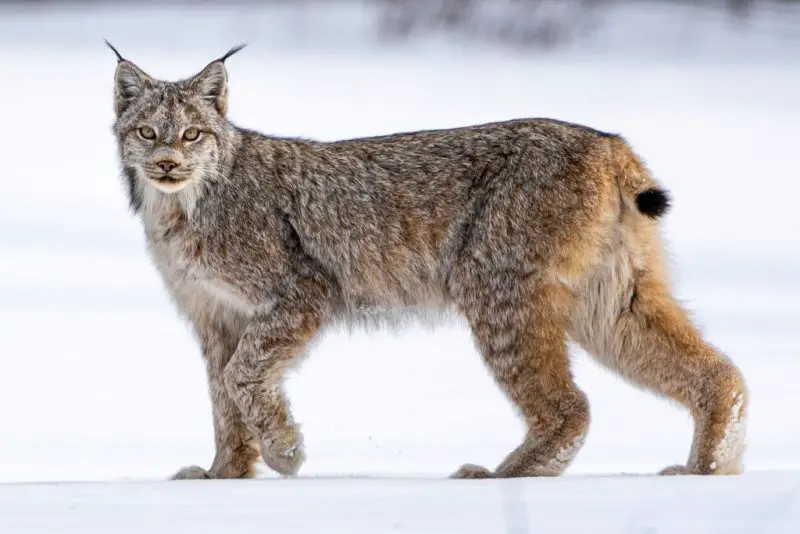
Overview
While the Canada lynx is not a resident species in Connecticut today, historical accounts suggest it once roamed the state’s northern forests during colder climatic periods. This beautiful feline, native to boreal forests across Canada and northern U.S. states like Maine and Minnesota, is occasionally reported in New England. However, no verified populations currently exist in Connecticut.
Occasional sightings are usually attributed to wandering individuals or misidentified bobcats. Still, the Canada lynx holds a symbolic place in Connecticut’s natural history as a representative of the state’s once-colder ecosystems.
Physical Characteristics and Identification
The Canada lynx resembles the bobcat but can be distinguished by several key features. It is larger, with longer legs, massive snowshoe-like paws, and a dense, silvery-gray coat. Its ear tufts are longer and more pronounced, and its tail has a completely black tip, unlike the bobcat’s two-toned tail.
Adults typically weigh between 18 to 40 pounds, with a body length of about 32 to 40 inches. The Canada lynx’s long limbs and large feet make it perfectly adapted for traversing deep snow, a necessity in its northern range.
Picture identification tip: Look for a long-legged cat with a round, fluffy face, thick winter coat, and black-tipped tail—these are classic signs of a Canada lynx.
Behavior and Diet
The Canada lynx is a specialist predator, feeding primarily on snowshoe hares, which make up the majority of its diet. This dependence on a single prey species makes its population fluctuate in response to hare numbers. In lean times, lynxes may travel far south in search of food, occasionally leading to rare appearances in New England.
They are generally quiet and secretive, using dense forests and heavy snow cover to their advantage. Like bobcats, they are mostly nocturnal and rarely interact with humans.
Habitat and Historical Presence in Connecticut
Historically, Canada lynxes may have wandered into northern Connecticut during colder centuries, particularly when forest cover was continuous with northern New England. However, as the state’s forests were logged and the climate warmed, their suitable habitat vanished.
Today, their stronghold remains in Maine, with no confirmed breeding populations further south. Nevertheless, wildlife enthusiasts and conservationists remain intrigued by the possibility of future sightings, especially during harsh winters when lynxes may disperse.
USDA Hardiness Zone: Typically found in zones 2 to 5, the lynx prefers colder climates than those commonly found in Connecticut.
Cougar / Mountain Lion (Puma concolor)
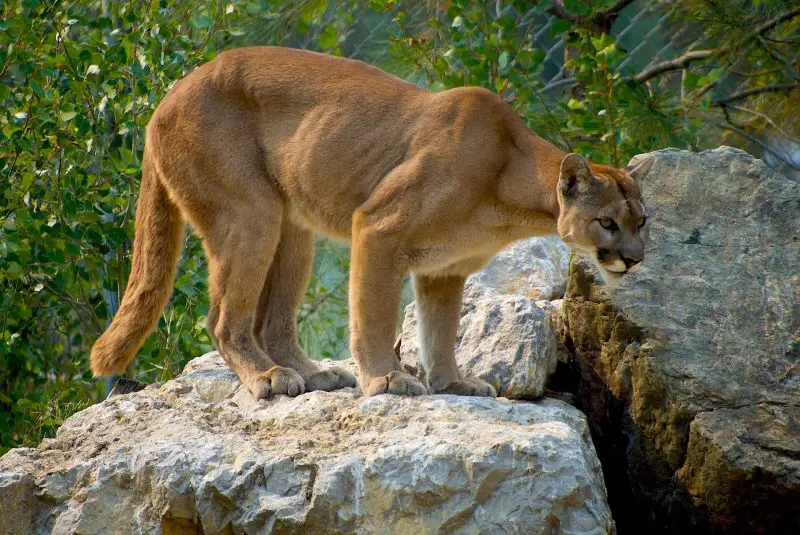
Overview
The cougar, also known as the mountain lion, puma, or panther, is one of North America’s most iconic predators. Once widespread throughout the eastern United States, it was declared extirpated from Connecticut by the early 1800s due to hunting and habitat destruction. However, sightings and evidence periodically reignite debates about whether cougars might be returning to the Northeast.
The most famous Connecticut incident occurred in 2011, when a young male cougar, confirmed through DNA analysis to be from South Dakota, was struck and killed by a car in Milford, Connecticut. This animal had traveled over 1,500 miles, one of the longest documented dispersal journeys for any wild cat.
Physical Characteristics and Identification
Cougars are large, sleek, and muscular cats, typically measuring 5 to 8 feet from nose to tail and weighing between 80 to 160 pounds. They have uniform tawny coats, long tails with black tips, and round, unmarked faces—unlike the spotted bobcat. Their eyes are large and golden, adapted for low-light hunting.
In motion, a cougar appears graceful yet powerful, often moving with its tail extended horizontally. Their tracks are much larger than those of bobcats or domestic cats, with padded, round prints measuring about 3–4 inches across.
Picture identification tip: A long, tan cat with a long tail (nearly as long as its body) is unmistakably a mountain lion—no other wild cat in Connecticut fits that description.
Behavior and Diet
Cougars are apex predators, preying on deer, turkeys, raccoons, and occasionally livestock. They are solitary and territorial, with males maintaining large ranges that can span over 100 square miles. They are mostly nocturnal and avoid human settlements.
Despite their formidable reputation, cougars are naturally wary of humans and attacks are extremely rare. They play an important ecological role in controlling deer populations where they exist.
Habitat and Sightings in Connecticut
Historically, cougars inhabited every part of Connecticut, from the Litchfield Hills to the Connecticut River Valley. Deforestation and persecution led to their disappearance by the late 19th century. Since then, there have been numerous unconfirmed sightings and occasional camera-trap photos, but no verified breeding population.
The 2011 Milford cougar remains the only confirmed case in modern Connecticut. DNA testing traced it back to the Black Hills population in South Dakota, proving that long-distance dispersal is possible even across heavily populated regions.
USDA Hardiness Zone: Mountain lions are adaptable to zones 3 through 8, tolerating a wide range of temperatures and habitats.
Where to Spot Wild Cats in Connecticut
Although Connecticut’s wild cats are elusive, nature enthusiasts occasionally catch glimpses or evidence of their presence. The bobcat offers the best chance of observation, especially in rural and wooded regions. Some of the most promising areas include:
-
Litchfield County: Dense forests and rocky outcrops make it prime bobcat territory.
-
Meshomasic State Forest: Located near the Connecticut River Valley, this area supports a healthy bobcat population.
-
Naugatuck State Forest and Pachaug State Forest: These large tracts of woodland provide ideal hunting grounds for bobcats.
-
Farmington River Valley: Occasional sightings of cougars (unverified) have been reported here, adding intrigue to the area.
To increase your chances, look for tracks in snow or mud, scat along trails, or camera-trap footage. Remember that bobcats are shy and rarely seen, even where populations are strong.
Conservation Status and Legal Protection
In Connecticut, bobcats are a protected species under state law. There is no open hunting or trapping season, and it is illegal to harm, capture, or possess one without a permit. The DEEP actively monitors their numbers using camera surveys and public reports.
The Canada lynx and cougar are not currently recognized as resident species in the state. However, both are protected under federal conservation frameworks if they were to reappear naturally. The Canada lynx is listed as Threatened under the U.S. Endangered Species Act, while eastern cougar populations are officially considered extinct.
Wild Cat Safety and Coexistence
Encounters with wild cats in Connecticut are rare but can occur, especially in rural areas. To coexist safely:
-
Keep pets indoors or supervise them when outside, especially at dawn or dusk.
-
Secure livestock and poultry with fencing or enclosures.
-
Avoid leaving food scraps that could attract small mammals, which in turn draw predators.
-
If you encounter a wild cat, remain calm, make yourself look larger, and do not run.
Wild cats play a vital role in maintaining healthy ecosystems. Observing them from a respectful distance is both safe and beneficial for their conservation.
FAQs About Wild Cats in Connecticut
Are there mountain lions in Connecticut?
There is no confirmed breeding population of mountain lions in Connecticut. However, isolated individuals, such as the 2011 Milford cougar, have occasionally wandered into the state from western populations.
Are bobcats dangerous to humans or pets?
Bobcats are not dangerous to humans and avoid contact whenever possible. They may prey on small pets if left unsupervised outdoors, but such incidents are uncommon.
Where are bobcats most common in Connecticut?
Bobcats are most common in Litchfield, Hartford, and New Haven Counties, though they now inhabit all eight counties across the state.
Can I report a wild cat sighting?
Yes. The Connecticut DEEP encourages residents to report confirmed sightings, especially if supported by photos or tracks, to help monitor wildlife populations.
What is the difference between a bobcat and a lynx?
The bobcat has shorter legs, smaller paws, and a spotted coat, while the lynx is larger with longer legs, thicker fur, and a fully black-tipped tail.
Conclusion
Wild cats are among the most captivating creatures in Connecticut’s natural landscape. From the stealthy bobcat prowling local forests to the ghostly memory of cougars and lynxes that once roamed the hills, these felines represent both the resilience and mystery of nature.
Though only one species remains a permanent resident, the ongoing fascination with Connecticut’s wild cats continues to inspire conservation efforts and deepen our appreciation for the state’s wild heritage.
If you’re lucky enough to spot a bobcat in the wild, consider it a rare gift—a fleeting glimpse of Connecticut’s enduring wilderness.

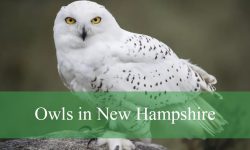
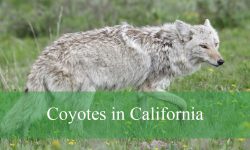




Early one morning, I turned the corner of my house and right into the path of a bobcat. He was approximately 3 feet away from me and we both stopped and just looked at each other. He then turned, took a few steps, before looking back over his shoulder at me. Then he just loped off. Not running and not making a sound. I never moved from where I stood until he was out of sight. The most nerve wracking but beautiful encounters I’ve ever had. Oh, and I live just outside of Windsor Locks on a major road and less than 1/4 mile from the highway.
Thank you for sharing — what a wonderful story!